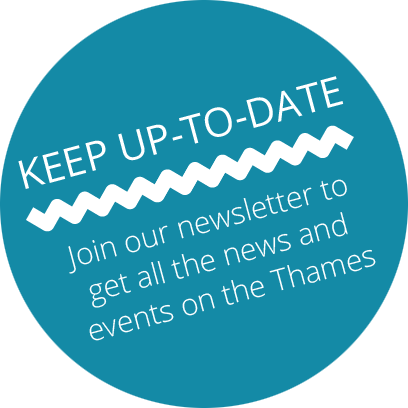Can you Paddle board on the Thames?
Yes you can paddleboard on the Thames or use any type of craft on the non-tidal River Thames between Cricklade Bridge and Teddington Lock, and the short section of the tidal River Thames between Teddington Lock and the Port of London Authority’s boundary, including backwaters and marinas. You will need a licence, known as a Registration Plate, which is in reality a piece of paper 100mm x 120mm. The registration period is from 1st January to 31st December.
The Environment Agency are the Navigation Authority and are responsible for the maintenance and regulations on the non - tidal river and as such they issue registration plates. Non powered craft, for example any, Paddleboard, must be registered and pay the appropriate fee and have valid third party insurance.
The fee for unpowered craft and this includes any inflatable boat including any Paddleboard is £45,90 a year £20.60 per month, £10.90 per week and £5.20 per day. There is also an Explorer registration which allows you to use your Paddleboard on 15 non consecutive days at a cost of £18.00.
If you own a Paddleboard, you could consider joining British Canoeing. The fee is £37 for under 18 and £60 for 23 + but it includes Public Liability Insurance and a permit to use most of the UK’s waterways including the River Thames. You can contact British Canoeing at 0300 011 9500 or https://paddleuk.org.uk
Powered boats are defined as “Launches” The fees are based on the square area of the vessel, the full list of the charges can be seen here: https://www.gov.uk/government/publications/river-thames-boat-registration-charges
The huge increase in Paddleboard use since 2020 has been extraordinary, it is great seeing so many people enjoying the river. If you are new to the river we do ask you to remember a few simple, but important rules.
The “rule of the road” is the opposite to that on land. All vessels are expected to keep to the right where-ever that is possible. All vessels pass each other to the right. A Paddleboard can easily keep to the side of the river as their draft (the amount of water they need to float freely) is measured in a very few millimetres. The bigger the boat the deeper its draft and in most circumstances that will mean it has to stay closer to the middle of the channel. Many larger boats are slow to stop and need a lot of space to turn.
If you have a Paddleboard, please try, as far as possible, to avoid straying towards the middle of the channel. For the person in charge of a larger vessel it can be difficult and disconcerting to have to sail between much lighter and smaller boats like a Paddleboard, If the larger vessel is, for example, a narrowboat the blind spot, the area that the helmsman can’t see in front of the boat, is measured in dozens of metres. A Paddleboard isn’t so bad if the user is standing up, but if they are kneeling they are invisible for a large area directly in front of an approaching vessel. This alone is a good reason to avoid the main channel as much as possible!
Larger vessels often struggle to find where to moor and when they find a suitable place it helps if smaller craft such as a Paddle Board keep clear of the area.



